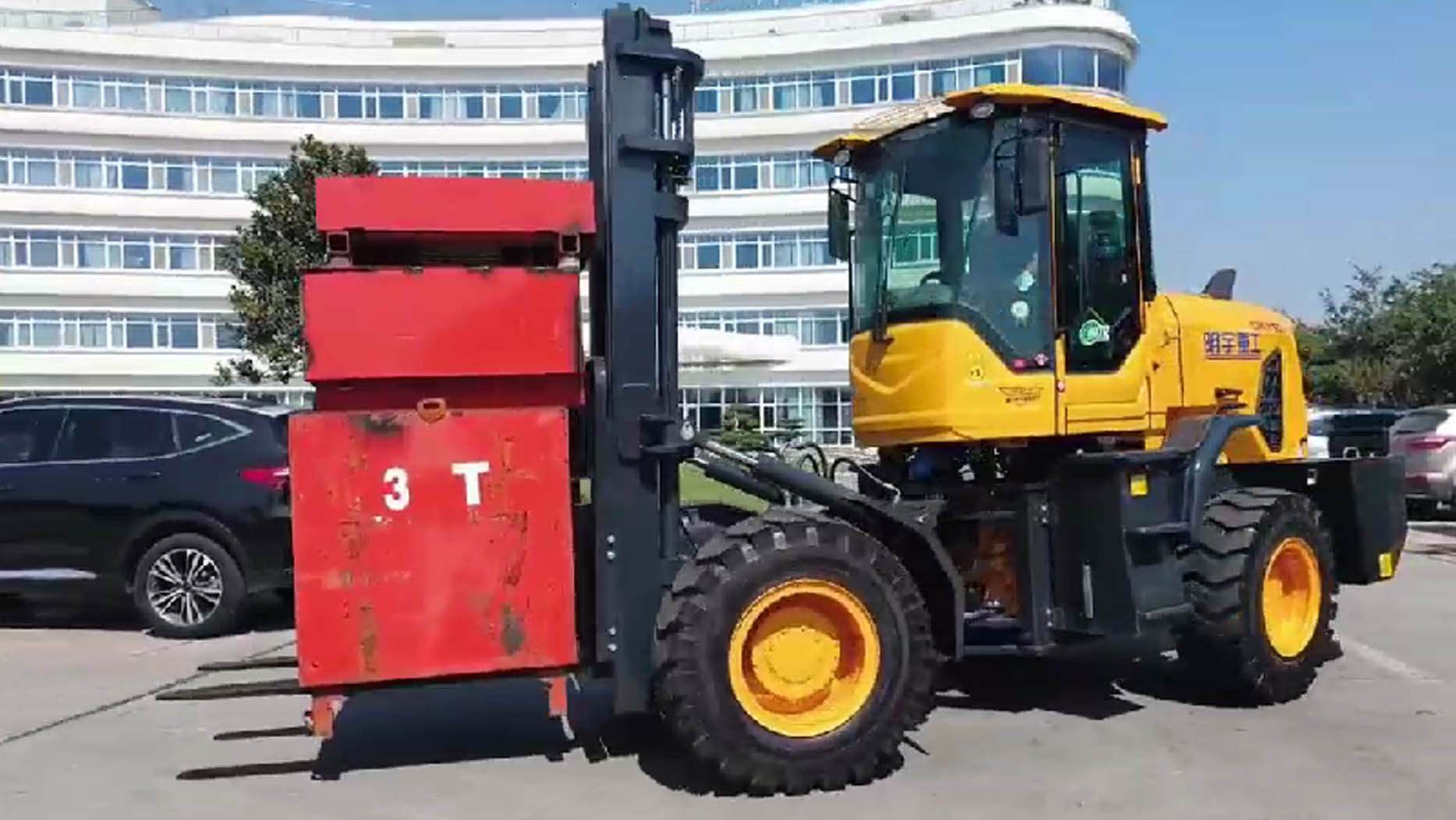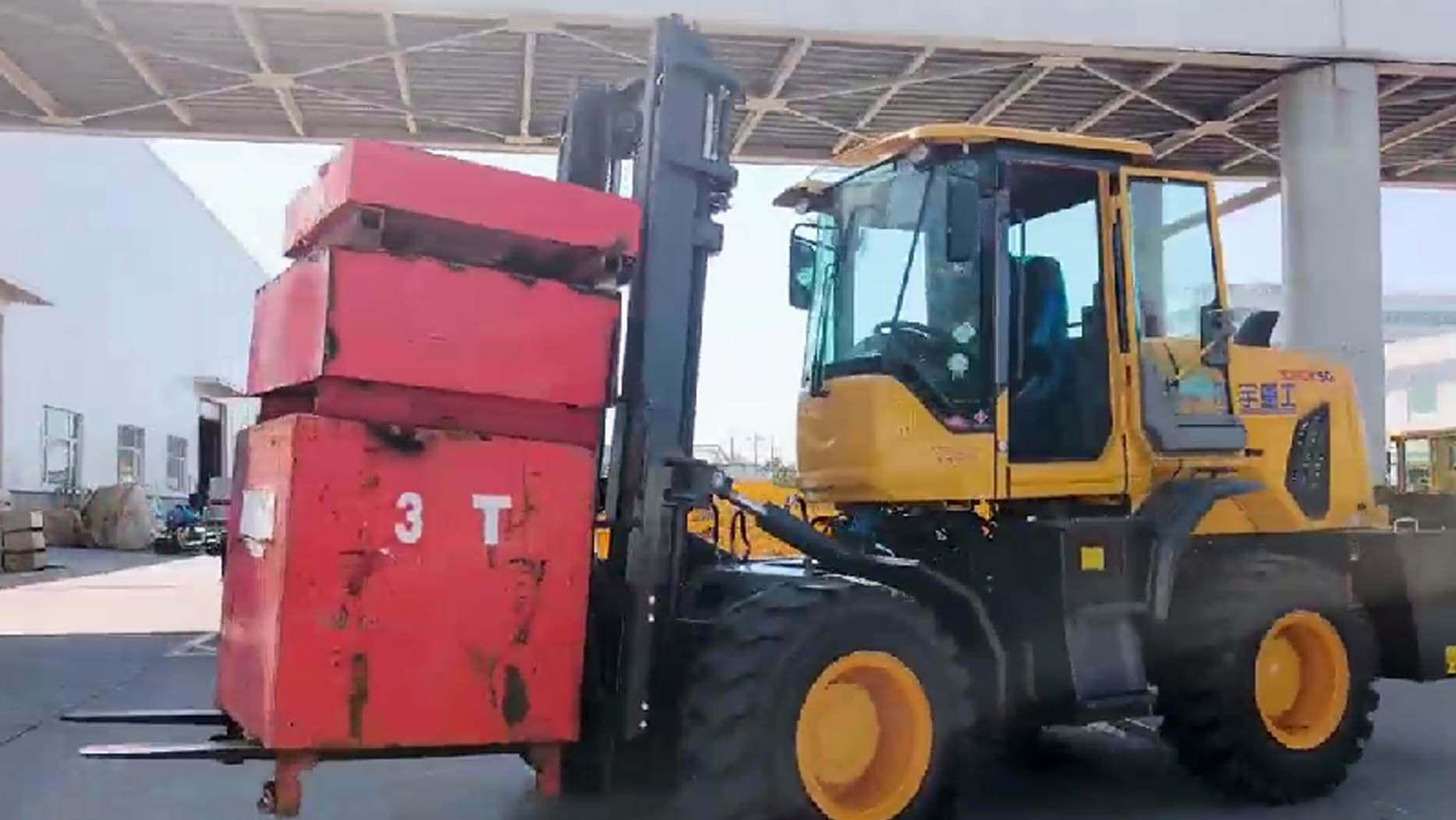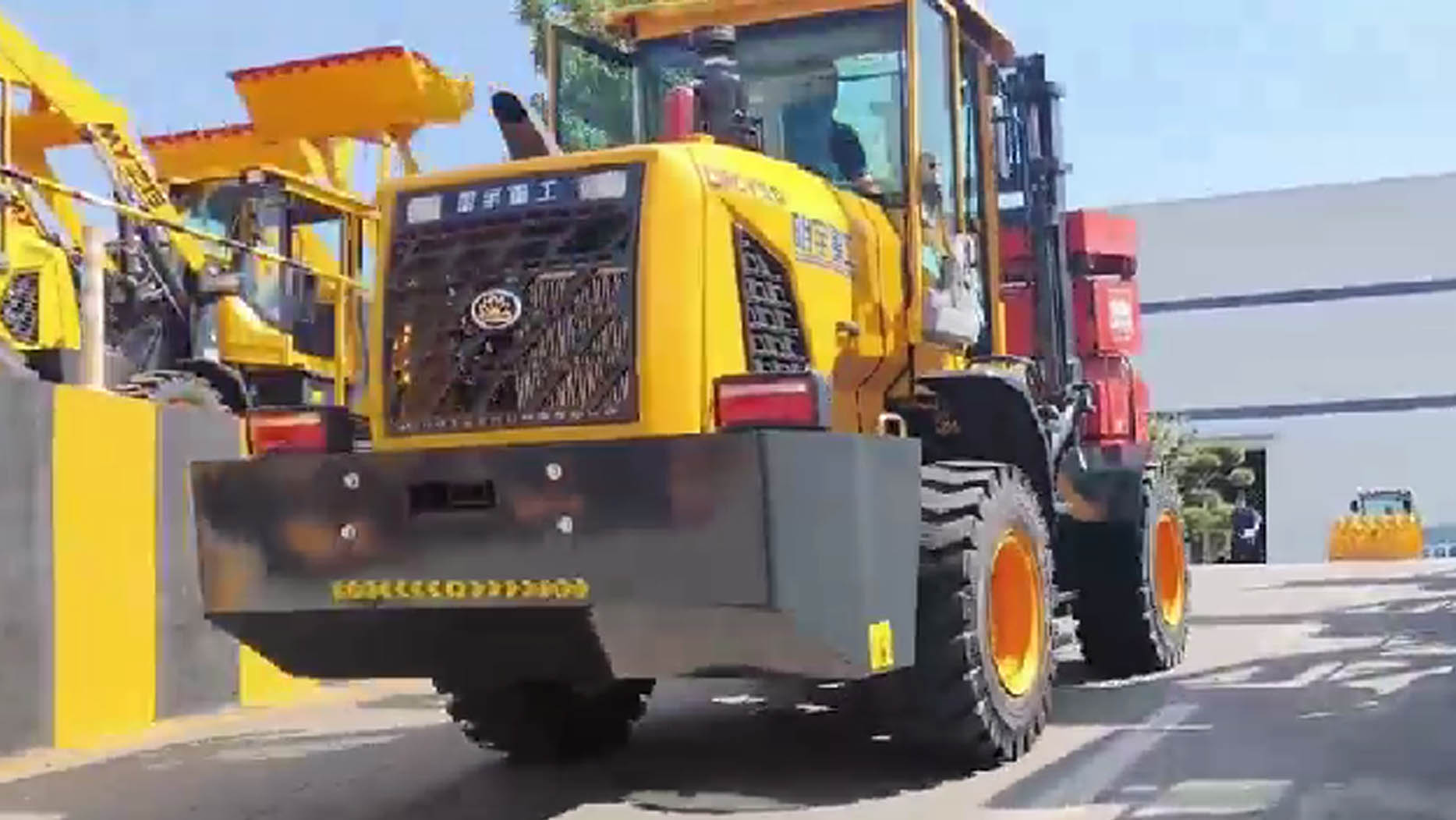For those planning projects, managing logistics, or simply trying to understand the vast array of lifting machinery, the question often arises: "What is the difference between a truck mounted crane and a rough terrain crane?" This detailed guide will meticulously break down their core distinctions, helping you understand which crane type is best suited for your specific operational needs and site conditions.
Truck Mounted Crane: The Road Warrior of Lifting
A truck mounted crane, often simply called a "truck crane" or "all-terrain crane" (though true all-terrain cranes are a more specialized sub-category designed for both road and moderate off-road), is essentially a crane superstructure mounted on a purpose-built commercial truck chassis. Its primary design allows for rapid transit between job sites via public roads at highway speeds.
Key Characteristics of a Truck Mounted Crane:
Chassis & Mobility:
Highway Capable: Built on a robust, multi-axle truck chassis designed for high-speed travel on paved roads. This is their core strength.
Multi-Axle Steering: Often features multiple steering axles for better maneuverability in urban environments, despite their large size.
Limited Off-Road Capability: While some models may have all-wheel drive for improved traction, they are generally not designed for severe rough terrain, deep mud, or extremely uneven surfaces. Their suspension and tire types are optimized for road travel.
Stabilization System:
Outriggers: All truck mounted cranes rely heavily on extensive outrigger systems. These extend horizontally and then vertically to lift the crane's wheels off the ground, leveling the machine and distributing its weight over a much larger area for stability during lifts. Outriggers are absolutely critical for safe operation.

Boom Type:
Telescopic Booms: Predominantly use hydraulic telescopic booms, allowing for excellent reach and capacity. Some larger models may incorporate jibs for additional height.
Lattice Booms (less common on standard truck cranes): Some specialized larger truck-mounted cranes (often classified as all-terrain or mobile cranes) can use lattice booms for extremely high lift heights and capacities, but this is less typical for the standard truck crane emphasis on quick setup.
Operator Controls:
Often features separate cabs for driving (truck cab) and operating the crane (crane cab), though some smaller models might integrate controls.
Setup Time:
While transit is fast, setup involves positioning the vehicle, extending and leveling the outriggers, and often deploying counterweights, which can take a significant amount of time depending on the crane's size and complexity.
Ideal Applications for Truck Mounted Cranes:
Urban Construction: Lifting materials for high-rise buildings, setting HVAC units, installing precast concrete in city centers.
Infrastructure Projects: Bridge construction, highway work, where rapid relocation between lift points along a road is common.
Utility Work: Setting utility poles, transformers, or working on overhead lines.
General Construction: Any project requiring lifts on stable, paved, or compacted surfaces with good road access.
Emergency Response: Due to their speed, they can quickly reach accident sites for heavy recovery.
Limitations of Truck Mounted Cranes:
Require firm, level ground for outrigger setup and operation.
Limited mobility on very soft, muddy, or extremely uneven terrain.
Setup time can be considerable, especially for larger units.
More complex to maneuver and set up in truly confined, off-road spaces.
Rough Terrain Crane: The Off-Road Powerhouse
A rough terrain crane is a specialized mobile crane explicitly designed for operation on challenging, unpaved, and uneven surfaces. These machines are built for maximum traction, stability, and maneuverability when off-road, sacrificing highway speed for rugged capability.
 Key Characteristics of a Rough Terrain Crane:
Key Characteristics of a Rough Terrain Crane:
Chassis & Mobility:
Dedicated Off-Road Chassis: Built on a purpose-built, heavy-duty chassis designed for extreme durability and articulation over rough ground.
Large, Aggressive Tires: Features large, deep-lug pneumatic tires that provide superior grip and flotation on soft soil, mud, gravel, and rock.
All-Wheel Drive & Steering: Almost always equipped with 4-wheel drive and often multiple steering modes (2-wheel, 4-wheel, and "crab steer") for exceptional maneuverability in tight, uneven off-road conditions.
Lower Transit Speed: Not designed for highway travel. They are typically transported to major job sites on a lowboy trailer, but once on site, they can move themselves efficiently across challenging terrain.
Stabilization System:
Robust Outriggers: Like truck cranes, they rely on outriggers for stability during lifts. These are often designed to articulate and adapt to highly uneven ground.
High Ground Clearance: Excellent ground clearance allows them to traverse obstacles and uneven terrain without damaging vital components.
Boom Type:
Telescopic Booms: Primarily feature hydraulic telescopic booms. These booms are designed for strength and stability during lifts on unstable ground.
Operator Controls:
Typically a single, integrated cab for both driving and crane operation, simplifying transitions between moving and lifting tasks on site.
Setup Time:
Generally faster to set up on site than truck cranes once they've reached their lifting point, as their mobility allows them to easily self-position.
Ideal Applications for Rough Terrain Cranes:
New Construction Sites: Foundations, erecting steel, placing heavy components where roads haven't been built yet.
Mining & Quarrying: Heavy lifting in rough, rocky, and often muddy environments.
Oil & Gas Exploration/Pipelines: Operating in remote, unpaved locations.
Large Infrastructure Projects (early stages): Dam construction, wind farm installation, where significant earthwork is underway.
Forestry: Lifting logs or machinery in uneven forest terrain.
Limitations of Rough Terrain Cranes:
Slow on-road travel (require transport via trailer for significant distances).
Less reach and height capacity compared to the largest truck-mounted or all-terrain cranes.
Can be less precise for delicate lifts in very confined urban spaces compared to smaller truck cranes designed for precision.

Choosing the Right Crane for Your Project
The decision between a truck mounted crane and a rough terrain crane boils down to the specific demands of your job site and the nature of the lifts required:
Choose a Truck Mounted Crane if:
Your project involves multiple lift sites spread across paved roads or well-maintained access roads.
Rapid transit between locations is a priority.
The ground at the lift point is firm, level, and well-compacted.
You need excellent reach and height, especially with modern all-terrain variants.
You are working in urban environments where precise road maneuverability is key.
Choose a Rough Terrain Crane if:
Your project is located on undeveloped land, extreme inclines, soft soil, mud, or rocky terrain.
The crane needs to move frequently across uneven surfaces on the job site.
Mobility and stability off-road are more critical than highway travel speed.
You require robust lifting capabilities in challenging ground conditions.
You need a single-operator machine for simplicity of on-site operation.
Conclusion: Precision vs. Prowess
In the vast spectrum of mobile lifting equipment, the truck mounted crane and the rough terrain crane serve distinctly different, yet equally vital, roles. The truck mounted crane is the epitome of on-road mobility and rapid deployment to prepared sites, making it a staple for urban and infrastructure projects. Conversely, the rough terrain crane is the rugged specialist, built to conquer the most unforgiving landscapes, providing unparalleled stability and lifting power where conventional vehicles simply cannot operate.
Understanding these fundamental differences in design philosophy, operational capability, and ideal application is crucial for project managers and operators. The correct choice ensures not only the efficient completion of lifting tasks but, more importantly, the unwavering safety of personnel and equipment on any demanding job site.
Post time:May.27.2025
